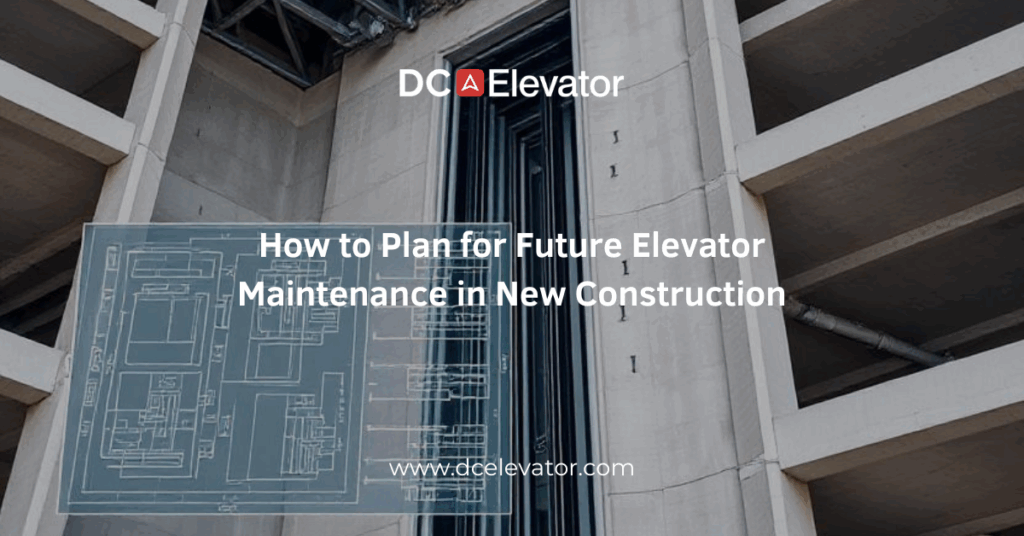When planning a new construction project, it’s easy to focus on architectural design, energy efficiency, and aesthetics. But what about the long-term performance of your building’s vertical transportation system? Elevators are often one of the most critical—and expensive—pieces of equipment in any multi-story structure. Yet, maintenance planning is frequently overlooked during the design and construction phase.
For developers, general contractors, and facility managers, early planning for elevator maintenance isn’t just smart—it’s essential. By integrating a long-term service strategy into your new construction blueprint, you can ensure reliability, reduce operating costs, and protect your investment over the life of the building.
Let’s explore why elevator maintenance planning should be part of your construction checklist—and how to do it right from day one.
Why Elevator Maintenance Starts Before the First Ride
Many assume that elevator upkeep only becomes relevant once the system is operational. In reality, decisions made during the design and installation phases have a significant impact on future service needs. The brand and type of elevator, installation quality, and access to service documentation all shape how easily (and affordably) your elevator can be maintained.
Here are a few foundational elements to consider during planning:
-
Select equipment with readily available parts and local support.
-
Ensure maintenance-friendly installation layouts for technician access.
-
Secure comprehensive service manuals and warranty documents.
By thinking long-term, you can avoid being locked into costly service agreements or struggling to find parts for proprietary systems.
Budgeting for Maintenance From the Start
While it’s common to allocate funds for elevator installation, many budgets neglect to include a maintenance reserve. This oversight can lead to surprise expenses, especially when warranties expire.
To prepare, work with your elevator contractor to:
-
Estimate annual maintenance costs based on usage, type, and location.
-
Build a five-to-ten-year elevator maintenance budget into your operating plan.
-
Include projected costs for inspections, routine service, and part replacement.
A realistic budget helps avoid deferred maintenance—one of the most common causes of premature elevator failures.
Coordinating With Service Providers Early
Engaging a trusted elevator maintenance provider early in the project can yield long-term benefits. Experienced providers can offer insights during installation that reduce service issues later, such as:
-
Proper alignment of equipment for ease of maintenance
-
Recommendations on durable finishes and parts
-
Guidance on code compliance and inspection preparation
Having a service partner involved from day one creates a smoother handoff post-installation and helps you avoid potential compliance gaps or costly retrofit work.
Planning for Accessibility and Lifecycle Updates
Just as you plan for HVAC or electrical access, elevator machinery needs to be easily and safely accessible for service technicians. Think ahead about:
-
Machine room layout and clearance
-
Pit access for hydraulic or traction systems
-
Future modernization access (controller space, wiring pathways)
Also consider lifecycle milestones—most elevators will require significant upgrades or modernization within 20–25 years. Planning now for that eventuality—such as leaving space for updated controllers—can save you time and expense down the road.
Conclusion
Elevator maintenance shouldn’t be an afterthought in new construction projects. By incorporating long-term service planning into your design and budget strategy, you can increase reliability, reduce operating costs, and ensure code compliance well into the future.
Whether you’re in the early stages of design or finalizing installation, having a partner who understands the full lifecycle of elevator systems makes all the difference.
Talk to our experts today to make sure your new construction project is set up for long-term elevator performance. We’ll help you prepare a smart, sustainable plan for future maintenance.
